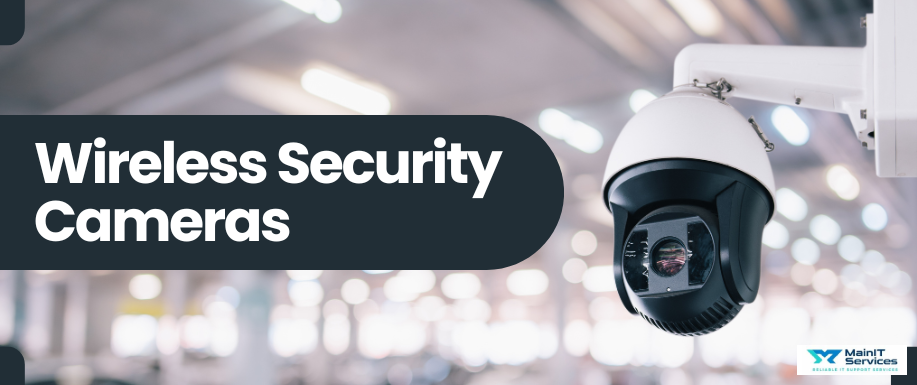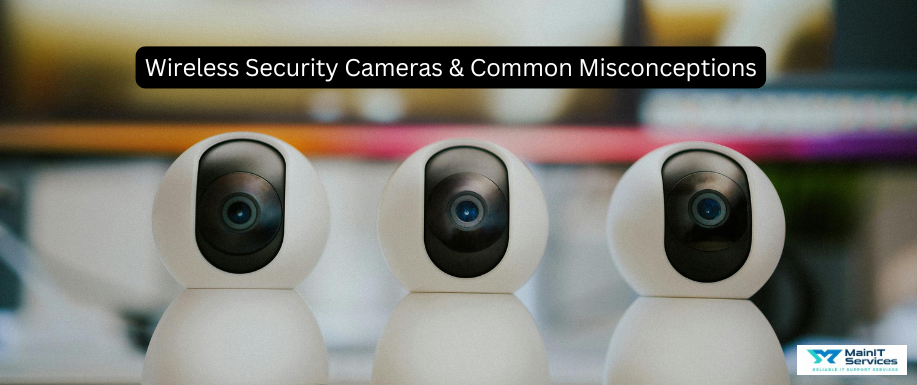
Wireless security cameras have become a popular choice for home and business security. They help monitor spaces and even identify people. However, while this technology is becoming more common, there are still plenty of misconceptions about how it works.
Common Misconceptions About Wireless Security Cameras
1. Completely Wire-Free
Many people assume that “wireless” cameras don’t have any wires at all. The truth is, while they don’t need an Ethernet cable to connect to a network, most still require a power source—unless they’re battery-operated.
2. Wireless Cameras Need the Internet to Work
Not necessarily! While many wireless cameras use Wi-Fi for remote access, some can record footage locally on a memory card or external storage device, even without an internet connection.
3. Wireless Cameras Can’t Be Hacked
No security system is 100% hack-proof. If not properly secured, wireless cameras can be vulnerable to cyber threats. To keep them safe, always:
✔ Use strong, unique passwords
✔ Enable two-factor authentication (2FA)
✔ Regularly updates
✔ Use end to end encrypted connections

4. Wireless Cameras Have Bad Video Quality
Maybe in the past, but not anymore! Modern wireless cameras now offer high-definition (HD) delivering clear footage.
5. Wireless Cameras Always Have Lag or Delays
While lag can happen due to weak Wi-Fi signals or network congestion, a well-placed camera with a strong connection can provide smooth, real-time video without noticeable delays.
6. Wireless Cameras Are Hard to Maintain
Not true! Most wireless cameras are low maintenance. As long as you keep them updated, replace batteries when needed (for battery-powered models), and ensure strong Wi-Fi coverage, they’ll work just fine.
Conclusion
Wireless security cameras offer a lot of benefits, but it’s important to know their strengths and limitations. By clearing up these misconceptions, you can make smarter decisions and get the most out of your security system.
Ready to upgrade your home or business security with wireless cameras? Explore our services to find a reliable system that fits your needs.

.png)

